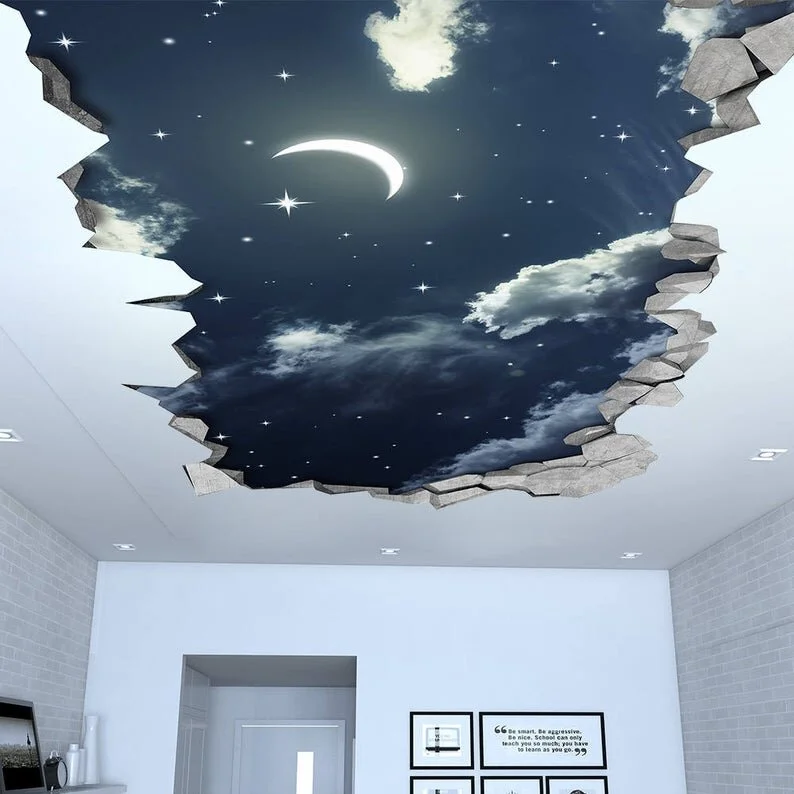They might be worth more than you expected.
Looking at that title you're probably wondering what are felted wool dryer balls and are we not talking about the stuff that gets caught in your lint trap? Nope! We are talking today about the benefits both real and imaginary for dryer balls that you can make yourself.
You've probably seen the commercial version of these in your local big box store or a DIY option on Pinterest. Felted wool dryer balls therefore are balls of wool; either wool yarn, unspun wool, wool batting, an upcycled wool sweater, that's been squished and fused together into roughly the size of a baseball. What matters here is that it is 100% wool without any acrylic or man-made materials in it. The reason for this is because the natural wool fiber has scales that, when wet, will mesh and knit themselves together. Which is what you want in order to make a solid ball.
On to what you really want to know about: what are they supposed to do?
On TV you'll probably have seen dryer balls touted as everything from alternatives to dryer sheets reducing your electricity bill by half lasting for years, the list goes on. What we can tell you is that there are many benefits to using wool dryer balls. They are not as extreme as you may see online or on TV but they certainly are benefits.
They are a viable alternative to dryer sheets that you can make on your own.
They don't leave any residue on your clothes or towels.
They reduce static cling.
Provided you use the recommended six balls for a load, they do reduce the amount of time and therefore energy needed to dry your laundry. They can also be used with auto-sensing dryers.
All-wool dryer balls don't release plastic or rubber chemicals when heated as tennis balls and the commercial plastic variants do.
They soak up some of the moisture in your laundry and redistribute it evenly throughout the dryer to allow for a more even drying process.
A well-made dryer ball will last roughly 5 years. You can tell that it's time to make or buy a new one when it has begun to pill or pull apart slightly.
Those aren't just the benefits that are claimed but ones that we can say actually are legit. The reasons most people run into issues with using dryer balls, be they wool, plastic or tennis balls, is because they only use two or three in a load rather than six as is suggested. Using six dryer balls you are able to reduce your drying time by roughly 20% although this might not be the same for all dryers. We have to admit we can only test so many.
The next question many people ask is, “do they damage your dryer?” There is currently only one instance that we have found where they may injure your dryer. There are some older dryers whose inner drum is coated with paint. Those, when hit repeatedly by the dryer balls, will have the paint begin to chip and flake off. Given that that is meant to be a protective coating as well as appealing we don't advise using them in that case. For those of you with a stainless steel drum however we have yet to find any damage that is consistent with just using wool dryer balls.
Going into this we also wondered if they were a fire hazard. Due to the wet felting method that these particular wool balls are made with they do not shed as much as you might think. You do still need to empty out your lint trap and clean out your exhaust duct regularly, but a wool dryer ball isn't going to add to these things in any measurable amount. There is one trend though that we have to warn against, the use of essential oils. The scents that are used on dryer sheets are specially formulated so that they will not catch fire. Those are also the ones that are going to add residue into your towels and clothing though so it's a toss-up. The essential oils that you can purchase in the store and many people suggest adding to your dryer balls to make your clothes smell nice are not the same. These can and will ignite if left in a dryer long enough or if you've oversaturated the wool ball. So as October is fire safety month please do not use essential oils on your wool dryer balls. If you want to make your clothes and linen smell nice you might consider sachets or something similar to place in your cupboards.
The process for making your own wool dryer ball is more simple than you might think. Gather whatever material you're using and form it into a ball. Pack it tightly and then slide it into an old stocking, tie a knot tightly on either side. Then you wash the ball usually with another load of laundry on hot water and a cold rinse. You can run it through the dryer afterward if the ball feels dense enough. Otherwise, you can continue to wash on hot and then rinse on cold until it reaches that point. Since we haven't made these ourselves we're going to link you to another page that explains it in more depth.
So, those are the benefits of felted wool dryer balls. Did you learn anything new? Are you considering using them with your own dryer? Let us know in the comments below or over on our Facebook page. Don't forget if you're having any issues with your dryer or any of your other large appliances feel free to call or set up an appointment using our page. We want to keep your home running in tip-top shape.












